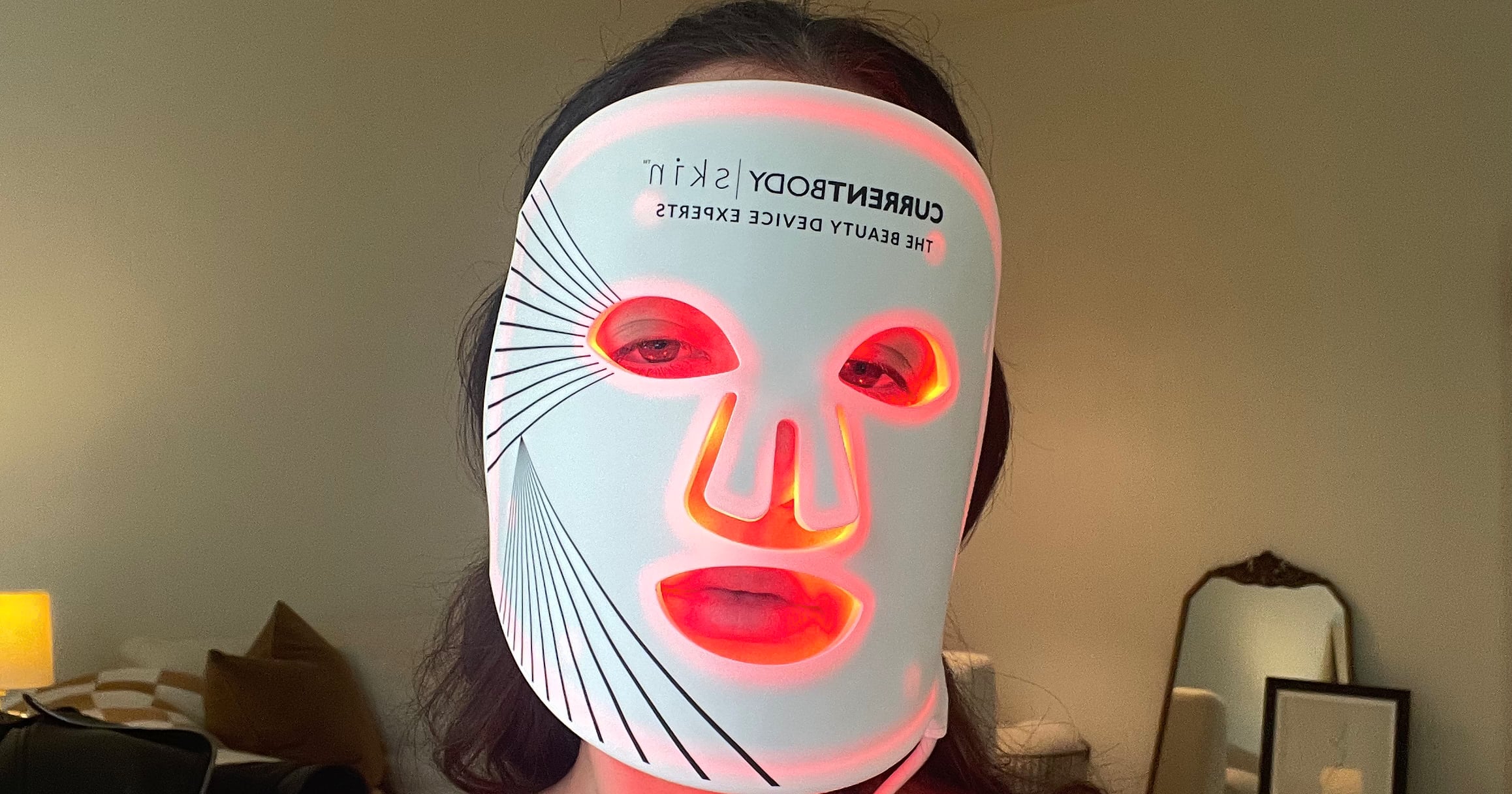If you’re a new breastfeeding parent, feeding your little love is likely top of mind. But aside from milk production, itchy nipples, and sore breasts, getting a good latch is so important for your nursing success. After all, a baby takes more than just the nipple in their tiny mouth. So how do you get a good latch?
Breastfeeding is unique to you and your baby, but generally speaking, a good latch is when a baby latches deep onto the breast, getting as much areola as possible, while being fully supported so that parent and baby are comfortable to maintain position for the duration of the feed, says lactation consultant Demi Lucas, IBCLC.
A good latch should also not be painful, says lactation consultant Leigh Anne O’Connor, IBCLC. It may feel like a slight tug or pulling sensation, but on the whole, a proper latch is comfortable and rhythmic, she says.
It’s no secret breastfeeding comes with a lot of trial and error, but a good latch is key to your success. Ahead, three lactation consultants explain how to get a baby to latch – plus, what exactly differentiates a good latch vs. bad latch.
Experts Featured in This Article
Bethany Ferguson, IBCLC, RD, is an international board certified lactation consultant, registered dietitian, and founder of Nourishing Babes.
Demi Lucas, IBCLC, is an international board certified lactation consultant and clinical resource manager at The Lactation Network.
Leigh Anne O’Connor, IBCLC, is an international board certified lactation consultant.
How to Get Baby to Latch
Getting an infant to latch isn’t always a walk in the park. It’s a learned skill for both the breastfeeding parent and baby, and it may take time to get it down pat, Lucas says.
The following step-by-step guide can help you get baby to latch.
- Find a relaxed environment and position baby close to the breast, against your bare chest. Take it slow and allow baby to cuddle.
- Place your thumb above your nipple and areola (the pinkish-brown flat circle around the nipple) where baby’s nose will touch your breast, and your index finger where baby’s chin will touch the breast.
- Avoid pressing on the back of baby’s head but support their head and shoulders as they search for your breast.
- Baby may open their mouth naturally, but if needed, use your knuckle to gently tap their chin or tickle their lips with your nipple to encourage them to open their mouth.
- Avoid pushing or squashing your breast into baby’s mouth but allow them to take your nipple and as much of the areola as possible.
- A good, deep latch should feel like a gentle tugging sensation, but it should not be painful, pinching, or biting. Baby’s cheeks should be round with their lips slightly flanged out.
If you’re trying to get baby to latch deeper, you can also position them in a “koala hold,” says lactation consultant and dietitian Bethany Ferguson, IBCLC, RD. To do so, lean back slightly as baby straddles one of your legs and feeds on the opposite breast. Their belly should be against your belly, with their chin planted to the bottom of the areola so your breast tissue and nipple is in their mouth, she explains. Not only does this keep the infant upright so they can better control the flow of milk, but it works with gravity to help baby feel more secure and achieve a deeper latch, she says.
What Is the Difference Between a Good Latch vs. Bad Latch?
A “good latch” is subjective because it’s more about comfort and effectiveness vs. what it looks like from the outside, Lucas says. Every baby and parent is different, but a good latch should be comfortable with a rhythmic sucking or tugging motion, whereas a bad latch may cause pain or pinching and feel like there is a limited or inadequate amount of milk being transferred, O’Connor says.
Rather than thinking about a “good” vs. “bad” latch, it can also be helpful to reframe a latch as either “deep” or “shallow,” Ferguson says. A deep latch should cover the nipple and areola with the baby’s mouth open at roughly a 135-degree angle, while a shallow latch may cover just the nipple or part of the areola with their mouth only open at a 45-degree angle, she explains. You’ll also know you’ve got a proper, deep latch if your baby’s chin and tip of their nose are touching your breast.
How to Prepare For Breastfeeding
Breastfeeding is a very personal decision that takes a lot of patience and practice, but working with a lactation consultant can help ease any stress. Before your baby is born, a prenatal breastfeeding appointment with a lactation consultant is ideal for establishing care and trust and learning basic breastfeeding techniques, Ferguson says. This also eliminates any last-minute scramble for support once baby is born. Additionally, a prenatal breastfeeding class can be beneficial to learn more about oral reflexes, breastfeeding positions, and common latching troubles and solutions, she says.
Once baby is born, having a lactation consultant on-hand is invaluable for creating a personalized breastfeeding plan and answering any questions or concerns that arise, Ferguson says. Your consultant is also there to educate, advocate, and prepare you for your entire breastfeeding journey (because it is a journey), Lucas adds.
The early weeks of postpartum are full of emotions, and it’s normal to feel overwhelmed as you navigate breastfeeding on top of your recovery, transition to parenthood, and sleepless nights. “It takes support in so many ways to balance, and when it comes to the feelings and experience that surround breastfeeding, your lactation consultant is your ally,” Lucas says. “Latching takes practice, for both the breastfeeding parent and the baby, and it’s a little bit of a dance, but support, practice, time, and repetition are the key.”
The early weeks of postpartum are full of emotions, and it’s normal to feel overwhelmed as you navigate breastfeeding on top of your recovery, transition to parenthood, and sleepless nights. “It takes support in so many ways to balance, and when it comes to the feelings and experience that surround breastfeeding, your lactation consultant is your ally,” Lucas says. “Latching takes practice, for both the breastfeeding parent and the baby, and it’s a little bit of a dance, but support, practice, time, and repetition are the key.”
Finally, if you ever struggle to obtain and/or sustain a good latch, or experience any confusion, pain, nipple damage, or slow weight gain for baby, reach out to your lactation consultant or pediatrician, Lucas says. “No matter your baby’s age, your lactation consultant is your partner in care and it’s never too late to reach out.”
Andi Breitowich is a Chicago-based freelance writer and graduate from Emory University and Northwestern University’s Medill School of Journalism. Her work has appeared in PS, Women’s Health, Cosmopolitan, and elsewhere.



